Alarming Deforestation: Causes, Effects, and Critical Solutions
- August 6, 2024
- 0 comment
Deforestation is a critical environmental issue caused by agriculture, urban development, and logging. It leads to habitat loss, climate change, and biodiversity decline. This piece explores the causes, effects, and essential solutions to address deforestation and protect our planet’s forests.
What is Deforestation?
Deforestation refers to the widespread clearing, thinning, or removal of forested areas, often to make way for agriculture, urban development, or logging operations. This process results in the conversion of forest land into non-forest uses, which can have a profound impact on the environment. Forests are crucial for maintaining ecological balance; they act as carbon sinks, absorbing CO2 from the atmosphere, and they are vital habitats for a vast array of biodiversity. Additionally, forests regulate water cycles, preserve soil quality, and even influence local and global climates.

The causes of deforestation are varied and often driven by economic factors. In many parts of the world, forests are cleared to accommodate expanding agricultural frontiers, especially for cash crops like soy, palm oil, and cattle ranching. Logging operations, both legal and illegal, also contribute significantly to forest loss, providing timber, paper, and other wood products. Urban expansion further encroaches on these natural spaces. While deforestation provides economic benefits and development opportunities, it also poses serious environmental and social challenges, requiring balanced solutions that promote sustainable land use while protecting forest resources.
8 Causes of Deforestation
1. Agricultural Expansion
Agricultural expansion is the leading cause of deforestation globally, driven by the demand for more land to grow food and cash crops. In countries like Brazil and Indonesia, vast areas of rain forest are cleared to make way for crops like soybeans and palm oil plantations.
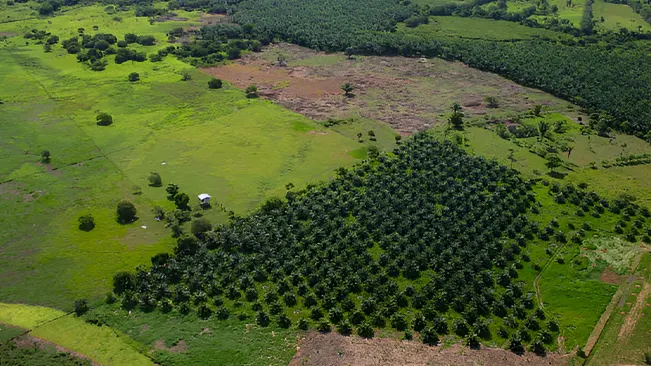
This practice not only results in significant habitat loss but also contributes to biodiversity decline as species lose their natural habitats. The push for more agricultural land is intensified by global food demands and economic pressures on farmers to increase yield and profits, often at the expense of ecological balance.
2. Logging
Logging involves cutting down trees for their timber, which is used in a wide range of products, from paper to furniture. Legal logging is regulated; however, illegal logging, which is not uncommon in the tropical rain forests of the Amazon, Central Africa, and Southeast Asia, often goes unchecked.
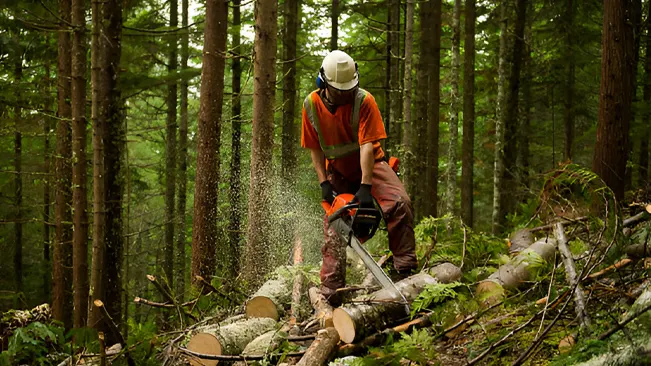
Illegal logging operations bypass sustainable management practices and cut down trees at a rate much faster than forest regeneration. This not only leads to habitat destruction but also disrupts the carbon storage capabilities of forests, which is crucial for climate change mitigation.
3. Urbanization
As the global population grows, so does the need for more urban space. This expansion often comes at the expense of forests, particularly on the outskirts of cities where land may be cheaper and regulations less stringent.

Urban sprawl leads to the permanent transformation of forest land into residential, commercial, and industrial areas. Additionally, the infrastructure needed to support growing urban populations, like roads and utilities, further fragments habitats and can create barriers for wildlife movement.
4. Mining
Mining operations, including those for coal, gold, and precious minerals, are a significant deforestation driver, especially in regions rich in underground resources. These operations often involve clearing large forest areas to establish mines, processing plants, and waste disposal sites.
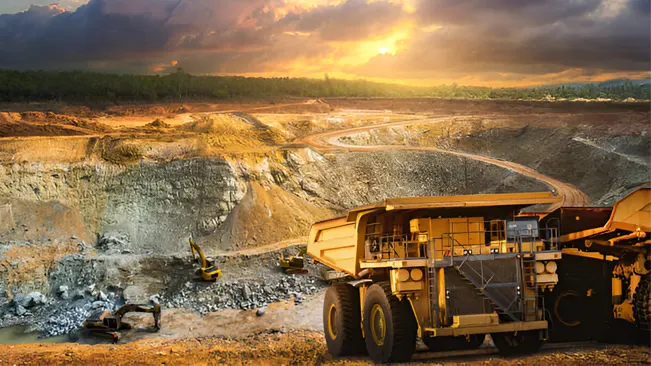
The environmental impact is profound, as these activities not only remove the forest but also pollute the environment with chemicals used in extraction processes, which can harm local wildlife and communities.
5. Cattle Ranching
In regions like the Amazon, cattle ranching is a primary cause of deforestation. Land is cleared to create pastures in a process known as “slash-and-burn,” where trees are cut down and burned to quickly clear land.

This practice is economically driven, supported by both local demand for beef and global markets. The impact of cattle ranching extends beyond just the loss of trees; it also includes soil degradation and the release of carbon stored in trees, contributing to greenhouse gas emissions.
6. Infrastructure Projects
Large infrastructure projects such as hydroelectric dams, roads, and railways necessitate significant land clearing. These projects are often justified by economic development goals but can lead to widespread environmental destruction.
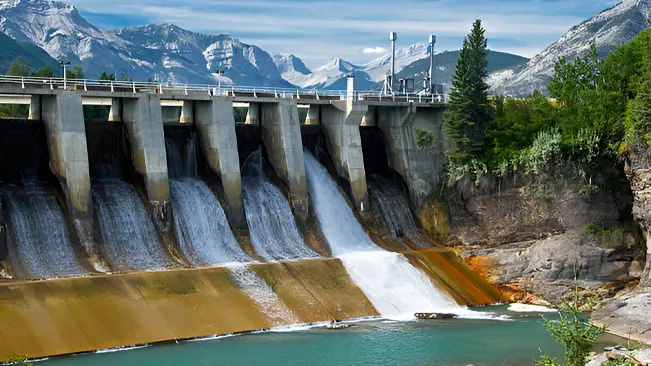
Roads, for example, not only require the clearing of forest land but also promote further deforestation by providing access to previously inaccessible areas, and facilitating activities like logging and agriculture.
7. Fire
Fires are a natural part of some forest ecosystems, but they can be particularly destructive when used as a tool for clearing land or when they occur unnaturally due to human activities or climate change. In many tropical regions.
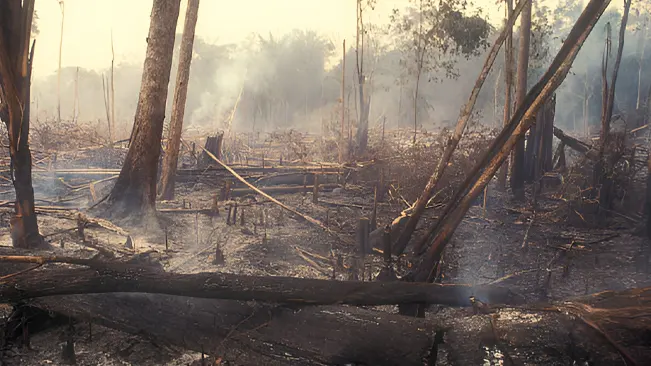
Farmers use fire to clear land for agriculture, but these fires can quickly get out of control and spread into adjacent forest areas. Moreover, as climate change increases the frequency and intensity of droughts, forests become more susceptible to large, uncontrollable wildfires that can decimate large areas.
8. Climate Change
The impacts of climate change are becoming increasingly evident in forest ecosystems. Rising temperatures and shifting precipitation patterns can stress forests, making them less resilient to pests and diseases.

These stressed forests are more likely to succumb to other deforestation pressures, such as fires or logging. Furthermore, as forests degrade, their capacity to act as carbon sinks diminishes, exacerbating the problem of climate change in a feedback loop that threatens global biodiversity and environmental health.
Deforestation Effects
Atmospheric Effects of Deforestation
Forests, particularly the vast rain forests like those in South America, play a crucial role as carbon sinks, absorbing significant amounts of CO2 from the atmosphere and producing oxygen. This process not only contributes to global oxygen levels South American rain forests alone are responsible for about 20% of Earth’s breathable oxygen but also mitigates the impact of climate change.
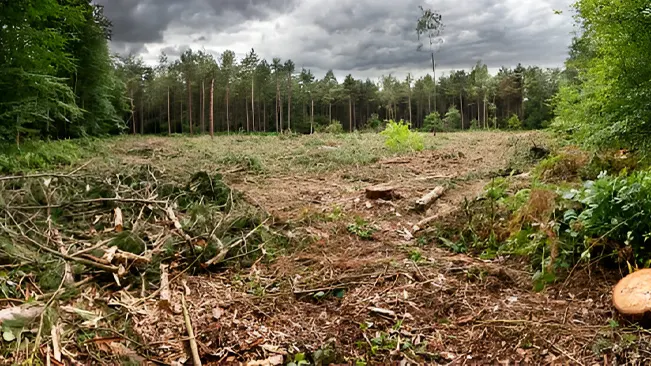
When these forests are cut down, the carbon stored within the trees is released back into the atmosphere, exacerbating the greenhouse effect. This increase in atmospheric CO2 accelerates global warming, altering climate patterns and increasing the frequency of extreme weather events.
Atmospheric Water
Trees are instrumental in regulating atmospheric water levels through their transpiration process, where water absorbed by roots is released into the air from leaves. This natural release of water vapor plays a vital role in maintaining the humidity and overall climate of a region.
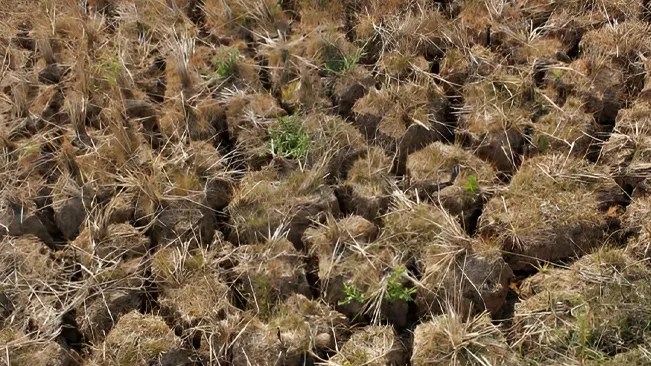
When trees are removed due to deforestation, the atmospheric moisture diminishes, leading to decreased precipitation. This reduction in rainfall results in drier soils, which adversely affects agricultural productivity and can lead to the abandonment of the land for farming purposes, further perpetuating the cycle of deforestation.
Loss of Habitat
Forests are home to about 80% of the world’s terrestrial biodiversity, providing habitat, breeding grounds, and food sources for countless species. The complex structure of forests, from the high canopies to the undergrowth, creates microenvironments that facilitate diverse forms of life.
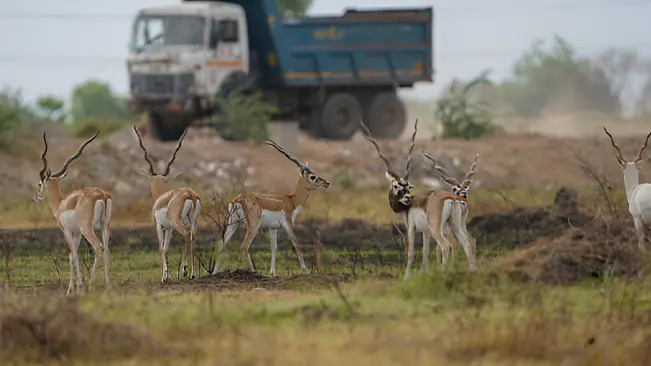
The removal of forests strips away these habitats, exposing organisms to harsh conditions including increased sunlight and temperature fluctuations, which many species cannot survive. This disruption leads to a significant loss in biodiversity, with many species facing extinction, thereby weakening ecosystem resilience against environmental stresses.
Flooding and Soil Erosion
The roots of trees and shrubs play a crucial role in soil stability, anchoring the soil and absorbing water, thereby preventing erosion and reducing the risk of floods. When deforestation occurs, the absence of these root systems leads to a loss of soil cohesion,
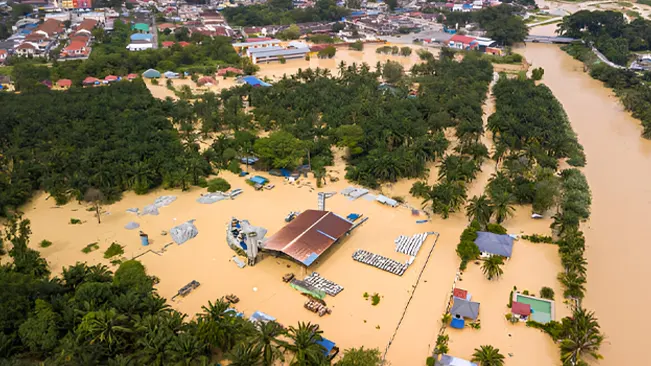
making areas more susceptible to landslides and erosion, especially during heavy rains. This erosion not only degrades the land, rendering it unfit for agriculture but also leads to sedimentation in rivers and streams, affecting water quality and aquatic life. The cycle of land degradation and flooding accelerates the need to clear more land, continuing the destructive cycle of deforestation.
Impact on Indigenous People
For many indigenous tribes, forests are not just home; they are the basis of their culture, economy, and spirituality. The destruction of forests due to deforestation impacts these communities profoundly. It strips them of their natural resources, such as medicinal plants and food, and displaces animal species that are vital for their sustenance and cultural practices.
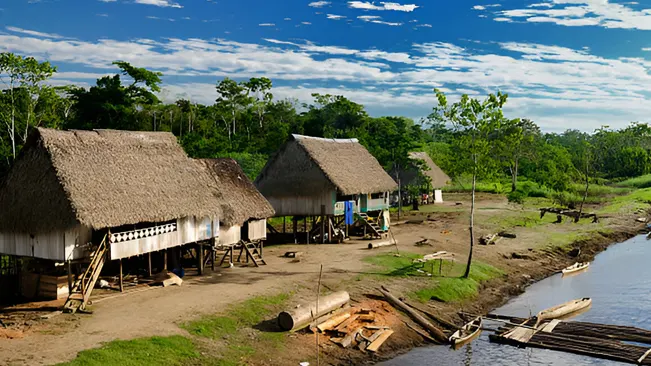
Additionally, without the natural barrier provided by the forest, indigenous communities are left vulnerable to the elements and external threats, disrupting their traditional ways of life and often forcing them into conflict with the encroaching outside world. The immediate and severe impact of deforestation on indigenous people highlights the social injustices tied to environmental degradation.
Deforestation Solutions
Reforestation and Afforestation Initiatives

Planting trees to restore deforested areas or to create new forests is one of the most direct methods to combat deforestation. Reforestation efforts help rebuild habitats, enhance biodiversity, and reestablish the carbon absorption capacity of areas. These initiatives can be supported by government policies and international agreements that encourage the restoration of native forest cover.
Sustainable Forestry Practices
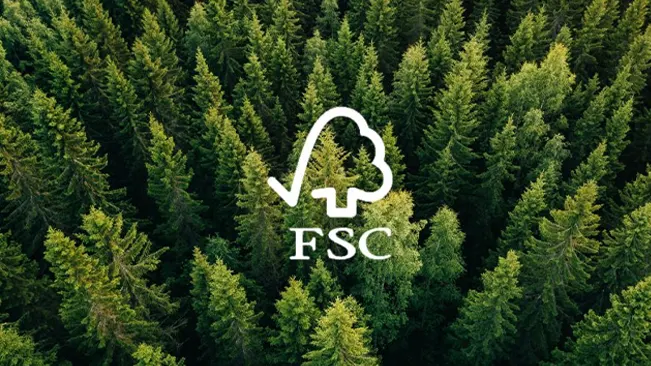
Implementing sustainable management practices in forestry ensures that forest resources are used responsibly. This includes techniques like selective logging, which minimizes ecological impact, and the establishment of longer rotation periods so forests can regenerate. Certification schemes, like the Forest Stewardship Council (FSC), also promote responsible forest management by certifying products produced sustainably.
Strengthening Laws and Enforcement

Strengthening legal frameworks around land use and forest conservation is crucial. This includes enforcing penalties for illegal logging and providing legal support for land rights, especially for indigenous communities. Governments can also create protected areas where no deforestation is allowed, safeguarding these zones from agricultural expansion and commercial exploitation.
Technological Innovations
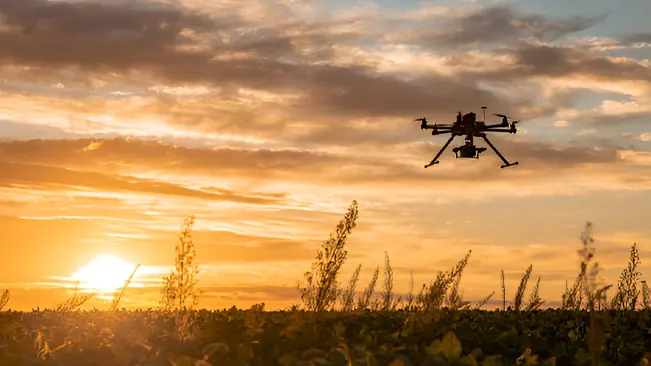
Using technology can help monitor and manage forest resources more effectively. Satellite imaging and drones offer real-time data on forest health and illegal activities, enabling quicker responses. Additionally, developing alternative materials to wood, such as bamboo and recycled materials, can reduce the demand for timber.
Community Involvement and Education

Engaging local communities in conservation efforts ensures that those who depend on forests most are part of the solution. Educational programs that teach sustainable land use and the importance of forests can empower communities to protect their natural resources. Additionally, supporting community-led forestry management can lead to more sustainable local economies.
Conclusion
In conclusion, deforestation poses a critical environmental challenge with far-reaching effects on biodiversity, climate, and human communities. Tackling this issue demands a coordinated approach that includes sustainable practices, stronger enforcement of laws, innovative technology, and community engagement. By adopting these strategies, we can mitigate the impacts of deforestation and safeguard our forests for future generations, ensuring a healthier and more resilient planet.
FAQS
- What is deforestation?
Deforestation refers to the clearing, destroying, or otherwise removal of trees through deliberate, natural, or accidental means. - What are the primary causes of deforestation?
The main causes include agricultural expansion, logging, infrastructure development, mining activities, and fires both natural and human-induced. - How does deforestation affect climate change?
Deforestation contributes to climate change by releasing large amounts of stored carbon dioxide when trees are cut down, diminishing the forest’s capacity to absorb current and future CO2 emissions. - What are the impacts of deforestation on biodiversity?
It leads to the loss of habitat for millions of species, many of which face extinction, reducing biodiversity and disrupting ecosystems. - Can deforestation affect water cycles?
Yes, forests play a critical role in water cycles. They help maintain the balance of water in the atmosphere, and removing them can lead to altered rainfall patterns and increased drought in some areas. - What are some effective solutions to combat deforestation?
Solutions include reforestation, enforcing stricter laws against illegal logging, promoting sustainable land use practices, utilizing technology for better monitoring, and engaging local communities in conservation efforts. - How can individuals help prevent deforestation?
Individuals can help by consuming products certified for sustainable forestry, supporting conservation efforts, spreading awareness, and reducing the use of paper and wood products. - What role do governments have in preventing deforestation?
Governments can create and enforce laws that protect forests, support sustainable land management practices, and provide incentives for businesses to adopt Eco-friendly practices.

Joel Cunningham
Forestry AuthorI'm Joel Cunningham, an expert in pruning and weed management with over a decade of experience. My skills are rooted in formal training and extensive practice, focusing on advanced pruning techniques and efficient weed control. I'm known for my quality work, precision, and deep understanding of plant health and soil dynamics. My contributions extend to educational initiatives where I share sustainable practices and advice, establishing myself as a reliable and authoritative figure in the gardening community.


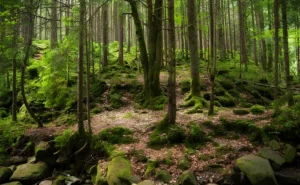
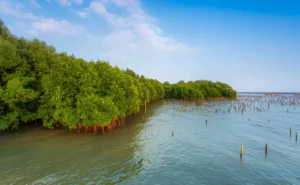
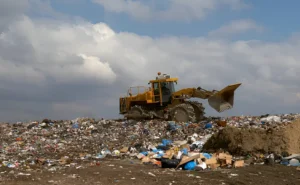

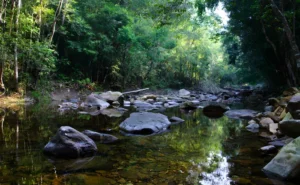
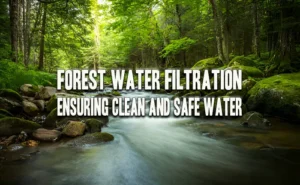

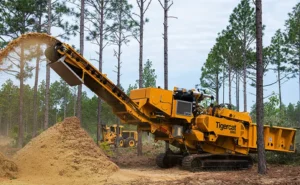



Leave your comment